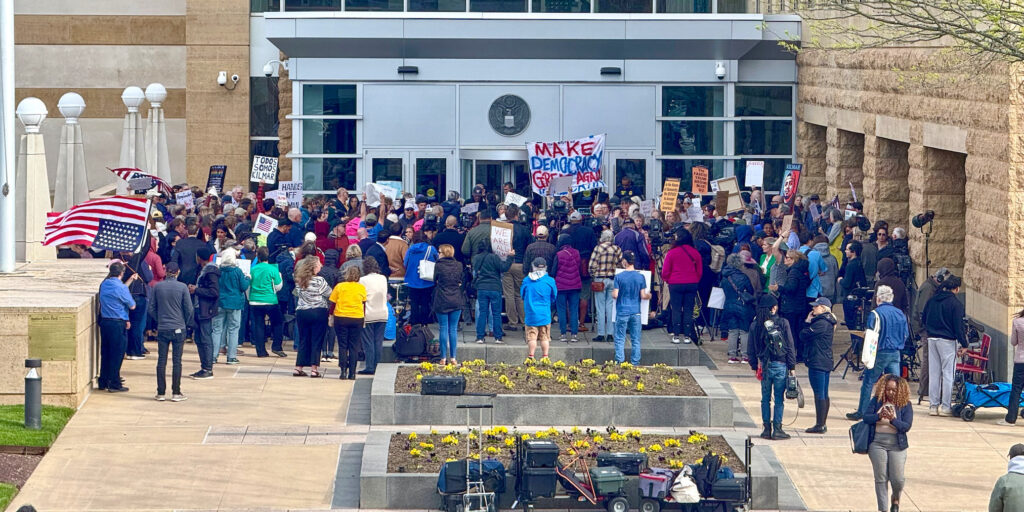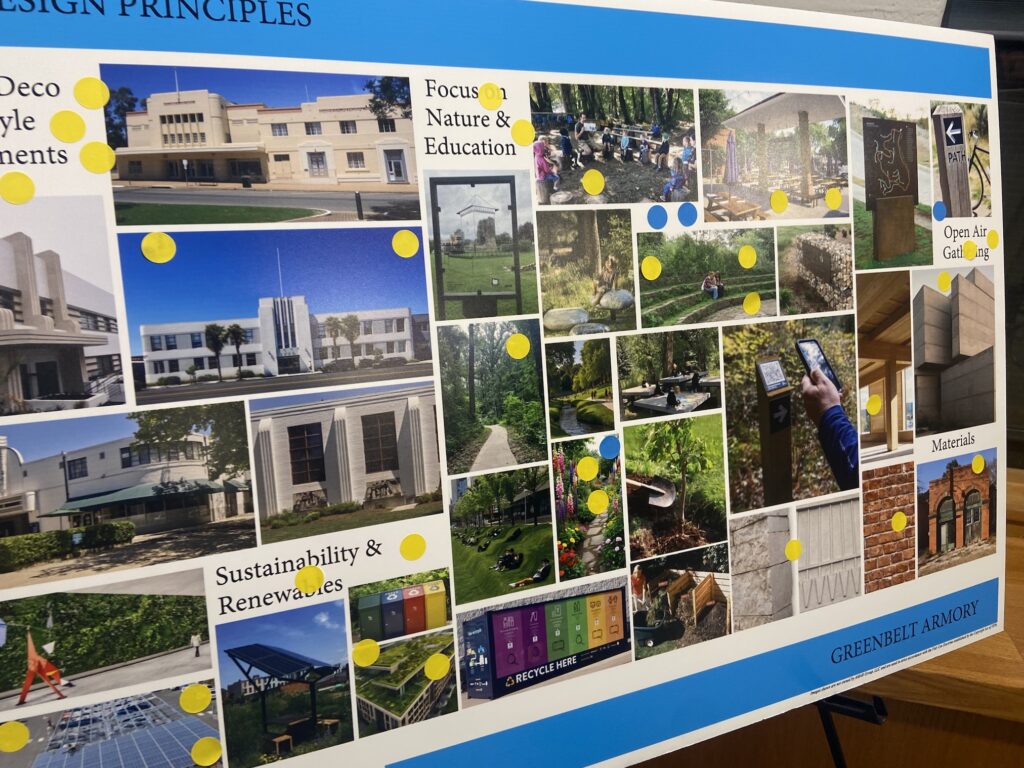On February 24, county Covid-19 vaccination statistics still lag all other state jurisdictions. At approximately 6.8 percent of its population vaccinated (62,125 shots) Prince George’s County remains well behind the next nearest contender (Charles County at 8.7 percent). Rural Kent County is nearly 22 percent vaccinated, while Montgomery County (~134,000 first shots given), with 1.2 million residents compared to Prince George’s 900,000 population, is at around 13 percent. Overwhelmingly urban, economically challenged (more than double the rate of families living in poverty in Prince George’s County) and with about the same distribution by race, Baltimore City (~63,000 first shots given) nonetheless outpaces Prince George’s in total shots given as well as in the percentage having received their first dose (10.7 percent).
Governor Intervenes
On February 11, a press release from Maryland’s Governor Larry Hogan tacitly acknowledged the growing gap between Prince George’s and the rest of the state, but did not analyze the reasons. In bolstering distribution (rather than increasing vaccine share), however, the statement implies that county logistics are an issue.
Hogan said, “The Maryland Department of Health, in partnership with Prince George’s County leadership, continues to conduct direct outreach to sign up eligible county residents for the Six Flags America mass vaccination site as part of a multi-agency effort to boost vaccination rates in the county.” The state is using its call center to contact and schedule eligible individuals.
Hogan adds, “To date, this outreach to the county’s priority list has led to booking appointments by phone for nearly 900 residents at the Six Flags mass vaccination site. In addition, thousands of county residents have signed up for appointments online.” The Six Flags site, located on Route 214/Central Ave., is open to all state residents.
Describing actions taken in support of Prince George’s, Hogan listed the following: Maryland National Guard deployed its first vaccination support team, 50 volunteers from the Maryland Responds Medical Reserve Corps were assigned, and the retail pharmacy program was prioritized to expand the availability of vaccines.
Despite Hogan’s announcement nearly two weeks ago, there is no appreciable acceleration to be seen in county vaccinations and recent postponements for bad weather will only have exacerbated the lag.
Short Supply?
The county, on the other hand, continues to point to lack of vaccine supplies as the culprit, though it admits to significant issues with its rollout. For example, in a statement on February 13, County Executive Angela Alsobrooks identifies one county strategy that went astray due to that bane of IT professionals – human nature. She says, “Many people received a first dose but were unable to make a second dose appointment. Many were given a piece of paper at the time of their first appointment, which had a QR code or a link to visit. However, all of the appointments through those links were taken. This was because the personal link we provided to individuals to make a second appointment was shared widely.”
Process Concerns
Rollout (not just in this county) continues to be marred by reliance on web-based sign-up without considering how to avoid instant tsunamis of applicants that overwhelm the system.
For example, an invitation sent on February 9 to those signed up with the Adventist hospital system gave a link to schedule an appointment from a newly opened tranche. Within moments of the email, the site was already overwhelmed and the link landed the seeker at an overflow site that encouraged them (contradictorily) to wait patiently to be redirected and to refresh their browser at regular intervals.
It seems likely that the Adventist system – far from prioritizing on the basis of age and comorbidity information, in its possession from the registration process – had sent the link simultaneously to many times more recipients than their site could handle or for whom they had slots. It did not trickle out prioritized invitations in ratio to availability and capacity.
Closer to Home
As the story in the issue of February 18 demonstrated, there unfortunately still remain many individuals in our community who are Priority 1A, over 75 (and even over 90) who have no vaccination in sight. As suggested in that story, those facile with computers and with time on their hands could consider checking with older friends whether they have been vaccinated and offer to assist them in navigating the electronic obstacles.



